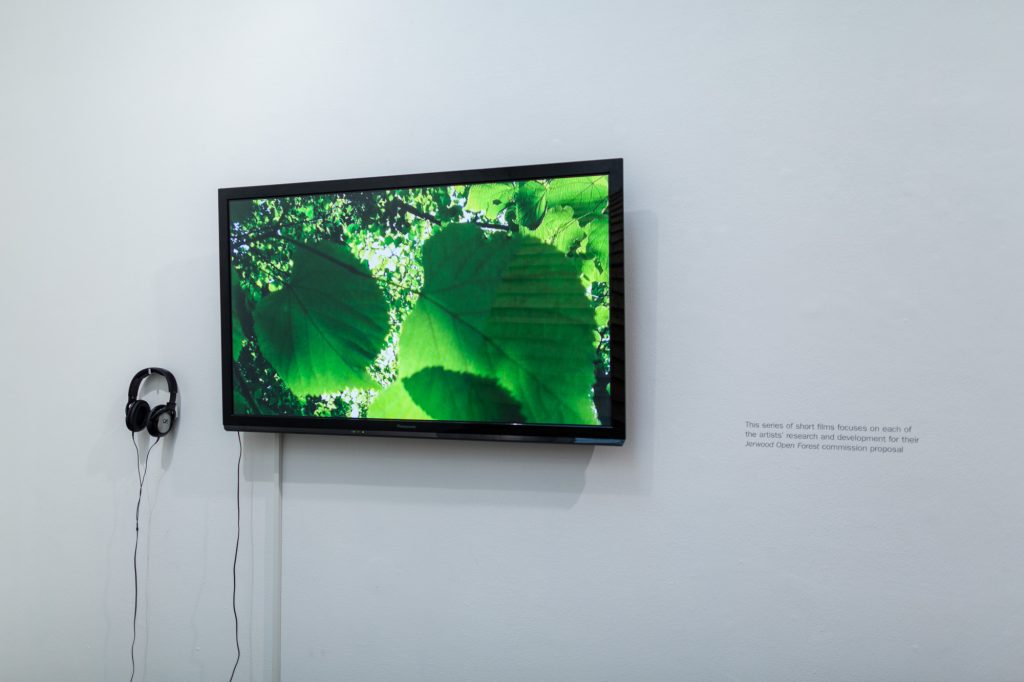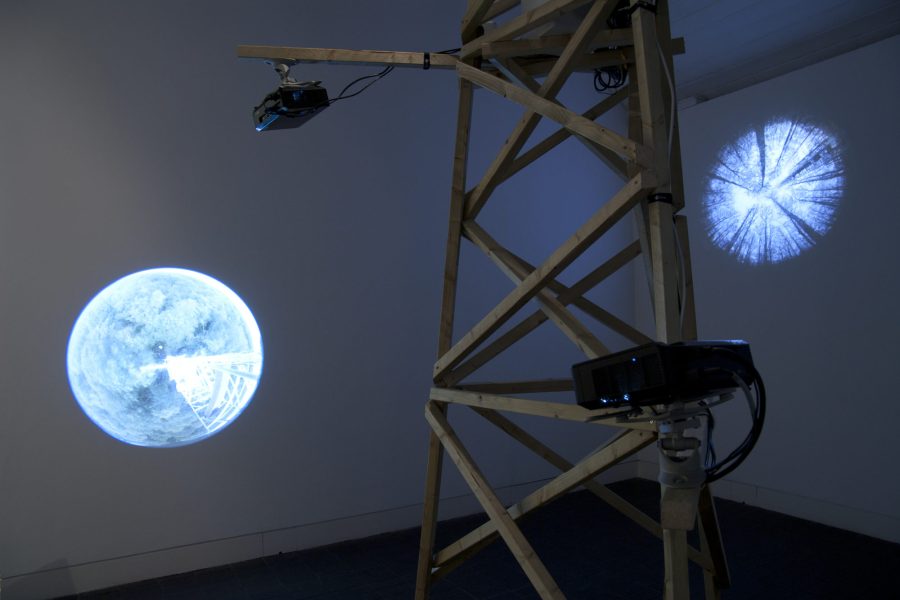The selectors for the second edition of Jerwood Open Forest discuss their experiences of proposal writing, research, and development in relation to their individual practices. Chaired by Hayley Skipper, National Arts Development Programme Manager, Forestry Commission.
Katherine Clarke is Director and Co-Founder of muf architecture/art, which was established in London in 1995. The practice has an international reputation for its site‐specific research driven public projects, which negotiate between the built and social fabric; between public and private spaces. muf architecture/art has pioneered innovative projects that address the social, spatial and economic infrastructures of the public realm. They have been nominated for and won numerous prestigious awards in recognition of their ground-breaking work, including the Swiss Architecture Prize, Public Realm Architect of the Year (BD Architect of the Year Awards), Landscape Institute President’s Award, Public Realm Architect: RIBA Award and Camden Arts Centre: Art for Architecture Award. Their ambitious project Villa Frankenstein was commissioned for the The British Pavilion at the 12th Venice Architecture Biennale and publications include This is What We Do: an muf manual.
Neville Gabie was born in Johannesburg, South Africa in 1959 and has an MA in Sculpture from the Royal College of Art London 1986-88. With a background in sculpture, his practice has always been driven by working in response to specific locations or situations caught in a moment of change. Highly urbanized or distantly remote, his work is a response to the vulnerability of place. Recent projects include a residency with the Cabot Institute, Bristol University, a Leverhulme funded project working with a multi-disciplinary approach to climate change research, an eighteen month residency in response to the whole construction site of the 2012 Olympic Park commissioned by the Olympic Delivery Authority, subject of a recent publication Great Lengths 2012 Cornerhouse, 2012 and a British Antartic Survey residency at the Halley Research Station Antarctica, as part of the artists and writers programme. Gabie’s Map Project involves ongoing research based in Richmond, Northern Cape, South Africa. Gabie is represented by the Danielle Arnaud Gallery, London and his work is included in the collections of Tate Gallery and Arts Council England.
Joy Sleeman is Reader in Art History and Theory at UCL Slade School of Fine Art. Her research is focused on the histories of sculpture and landscape, especially 1960s and 70s land art, and she has published widely on this subject. Together with Nicholas Alfrey and Ben Tufnell, she co-curated the most comprehensive exhibition of British land art to date, Uncommon Ground: Land Art in Britain 1966-1979, for the Arts Council Collection and Hayward Touring. It toured to four UK venues in 2013-14. Recent publications have explored relationships between land art in America and Britain and between artists and curators, for example ‘Lawrence Alloway, Robert Smithson and Earthworks’, in L. Bradnock, C.J.Martin and R. Peabody (eds), Lawrence Alloway: Critic and Curator (Los Angeles US: Getty Publications, 2915). Current projects include a book on the sculpture of Roelof Louw (Ridinghouse) and acting as advisor to an exhibition on David Lamelas in Long Beach, California, USA. Since 2000 she has been a member of the editorial board of the Sculpture Journal the leading academic journal for research in sculpture. In 2011 she wrote the catalogue essay for the Jerwood Encounters Exhibition ‘TERRA’ which explored the sensory dimension of sculpture responding to the history of Grizedale Forest, curated by Hayley Skipper.
This event is free to attend. Booking is required via Eventbrite.


